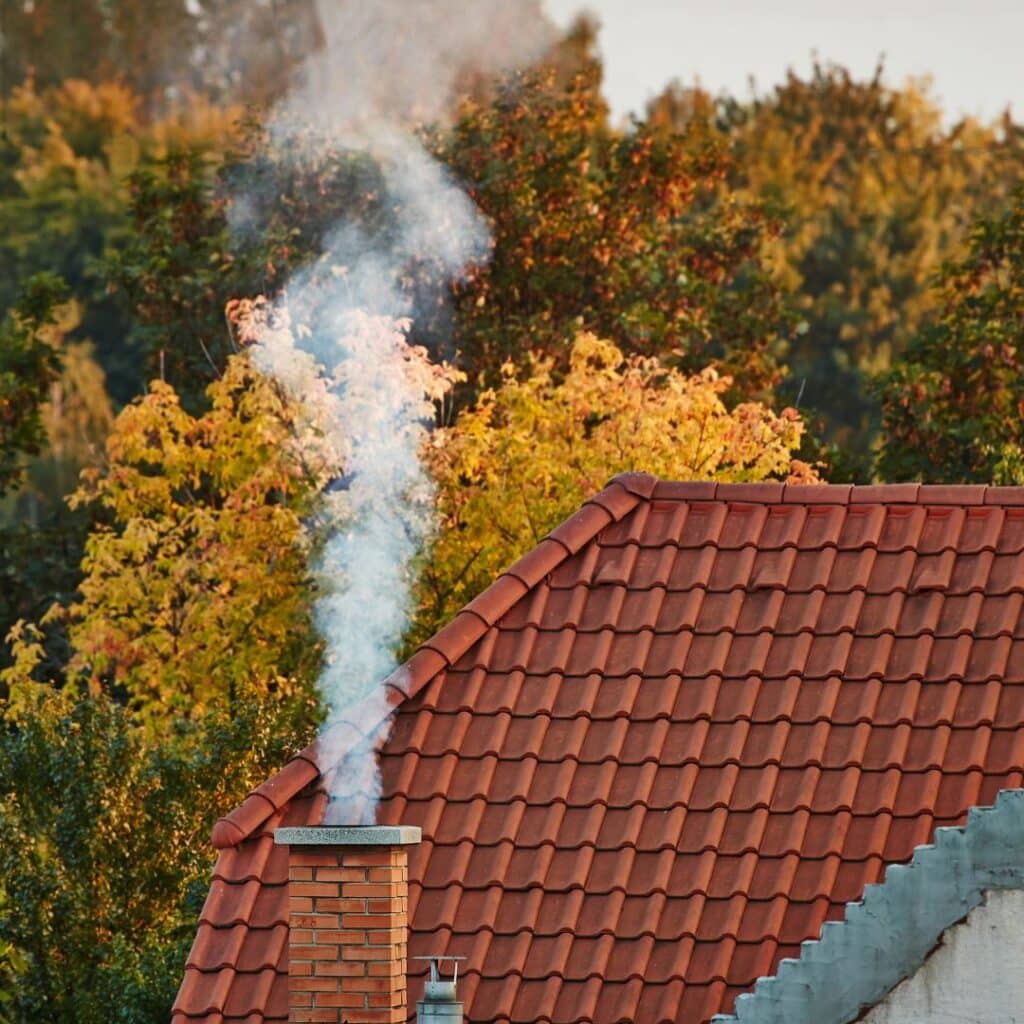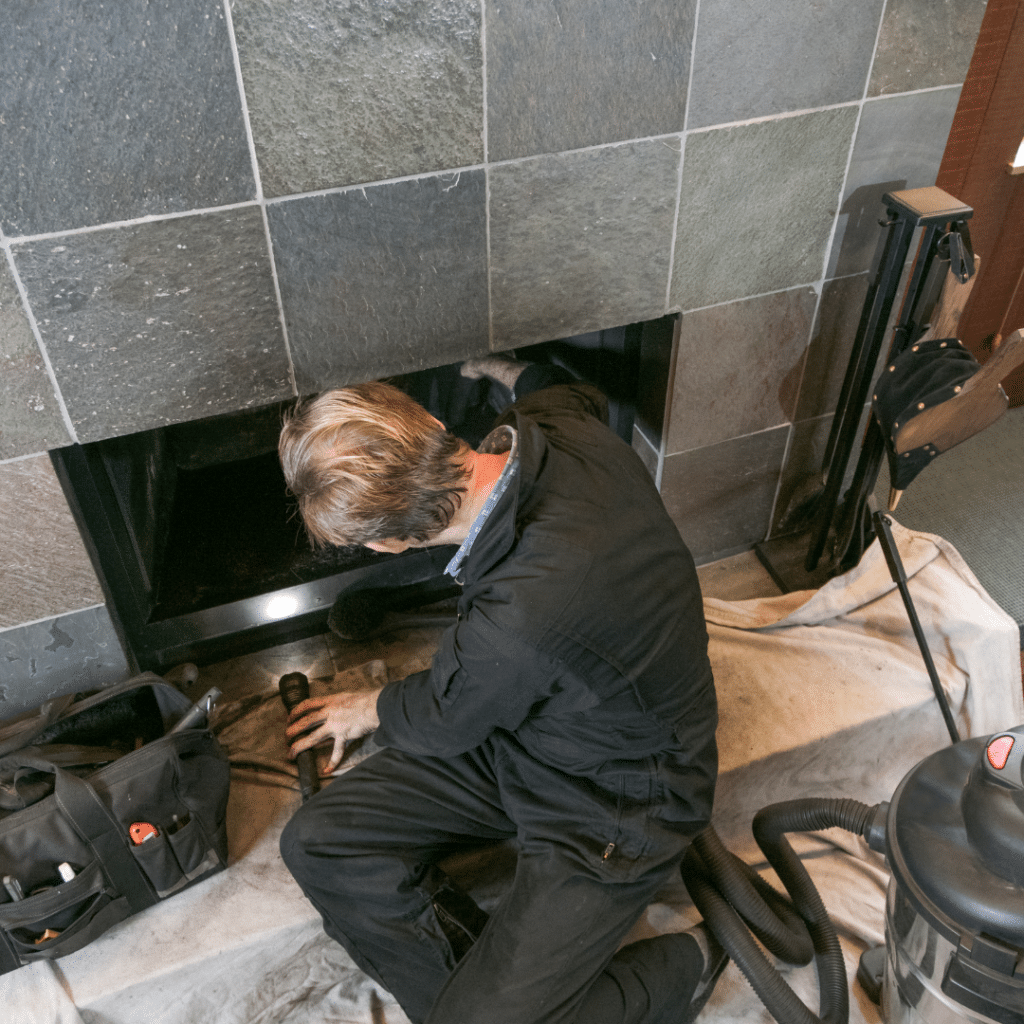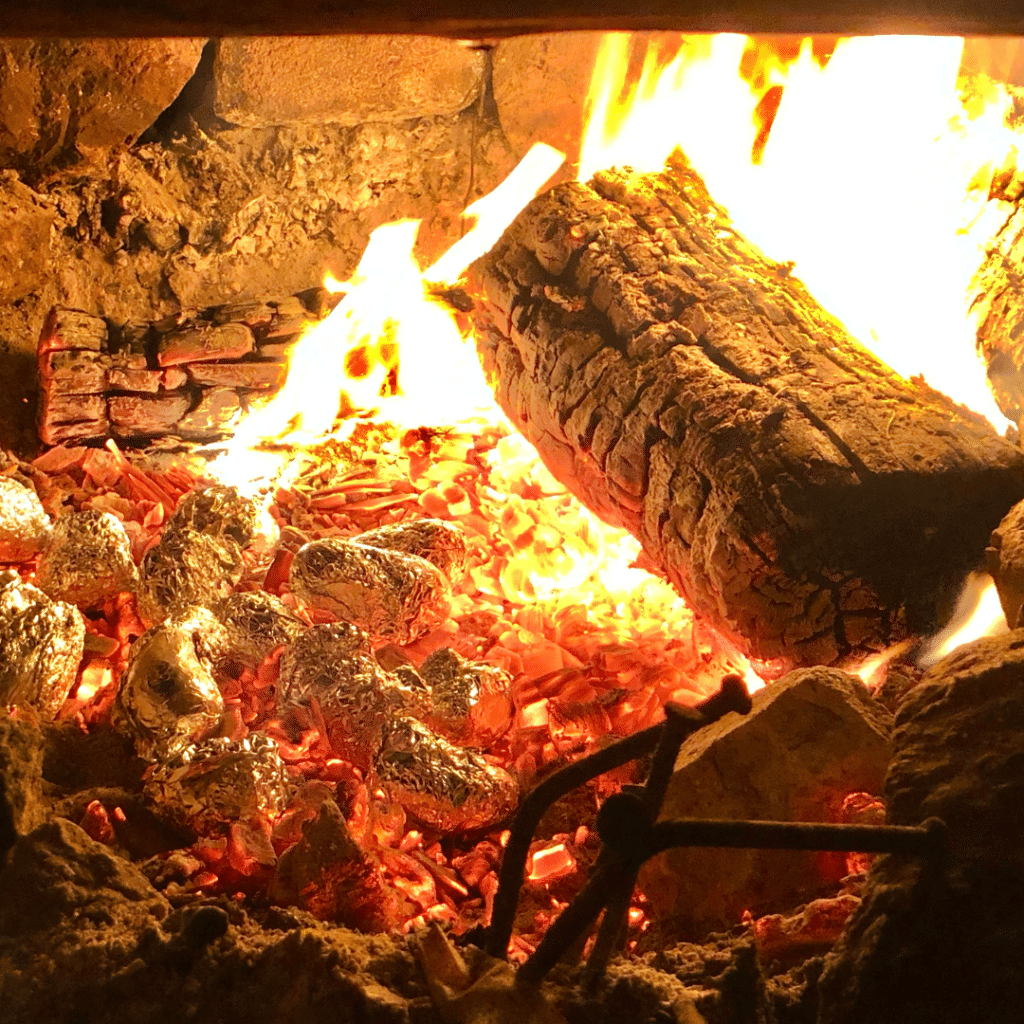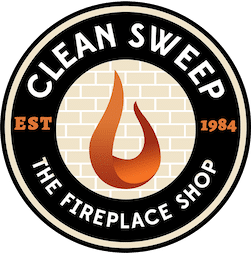Chimney sweeping is a topic often shrouded in myths and misconceptions. In a world where information spreads easily but accuracy can be elusive, it’s important to dispel these myths and provide homeowners with the knowledge they need to make informed decisions about their fireplace and chimney maintenance. In this post, we unravel the truth behind common chimney sweeping myths, ensuring that you’re equipped with accurate information for a safe and efficient fireplace experience.

Myth 1: “I Don’t Use My Fireplace Much, So I Don’t Need to Sweep the Chimney”
Fact: Even if you rarely use your fireplace, creosote can still accumulate in the chimney. Creosote is a byproduct of burning wood and can form even with infrequent use. A sweep is essential to remove this flammable substance, reducing the risk of chimney fires.
Myth 2: “Chimney Sweeping is Just About Removing Soot”
Fact: While soot removal is part of chimney sweeping, the process goes far beyond aesthetics. Sweeping also clears away creosote buildup, obstructions, and ensures proper ventilation. This enhances safety, efficiency, and air quality.
Myth 3: “Chimney Sweeping is a DIY Task”
Fact: While some maintenance tasks can be done by homeowners, chimney sweeping is best left to professionals. They have the experience, tools, and knowledge to ensure a thorough job, including identifying potential issues that might not be visible.
Myth 4: “Chimney Sweeping is Expensive and Unnecessary”
Fact: The cost of chimney sweeping is minimal compared to the potential consequences of neglect. Chimney fires, carbon monoxide leaks, and structural damage can result from failing to maintain your chimney. Regular sweeping prevents these risks.

Myth 5: “Chimney Sweeping is Messy and Will Leave My House Dirty”
Fact: Professional chimney sweeps use modern equipment that minimizes mess. They employ techniques like sealing off the fireplace opening to contain debris. A reputable sweep will leave your home as clean as they found it.
Myth 6: “I Can Inspect My Chimney Myself; I Don’t Need a Professional”
Fact: While you can conduct basic visual inspections, a professional chimney inspection is much more comprehensive. It includes specialized tools and training to detect issues that might not be visible to the naked eye.
Myth 7: “Chimney Sweeping Takes Too Long”
Fact: The duration of a chimney sweep depends on various factors, including the level of creosote buildup and the complexity of the chimney. A professional sweep can typically complete the process in a couple of hours.
Myth 8: “Chimney Sweeping Damages the Chimney Lining”
Fact: A professional chimney sweep uses appropriate tools and techniques that won’t damage the chimney lining. In fact, regular sweeping can extend the lifespan of your chimney by preventing corrosive materials from accumulating.
Myth 9: “Chimney Sweeping Can Wait Until the Fall”
Fact: While many homeowners opt for chimney sweeping before the heating season, it’s best not to procrastinate. The off-season can be an ideal time for sweeping, addressing any issues before they worsen.
Myth 10: “I Have a Gas Fireplace, So I Don’t Need to Sweep the Chimney”
Fact: Gas fireplaces produce combustion byproducts that can accumulate in the chimney, leading to blockages and damage. While gas fireplaces produce less creosote than wood-burning ones, regular maintenance is still essential.

Conclusion
Empowering Informed Decisions
By dispelling these myths, we aim to empower homeowners with accurate information about chimney sweeping. Your fireplace and chimney are more than just decorative elements; they’re vital components of your home’s safety and comfort. Regular chimney sweeping is an investment in your family’s well-being, ensuring that your fireplace remains a source of warmth and joy without unnecessary risks. For accurate and professional chimney sweeping, trust experts like Clean Sweep Fireplace, who are dedicated to providing a safe and efficient fireplace experience.



